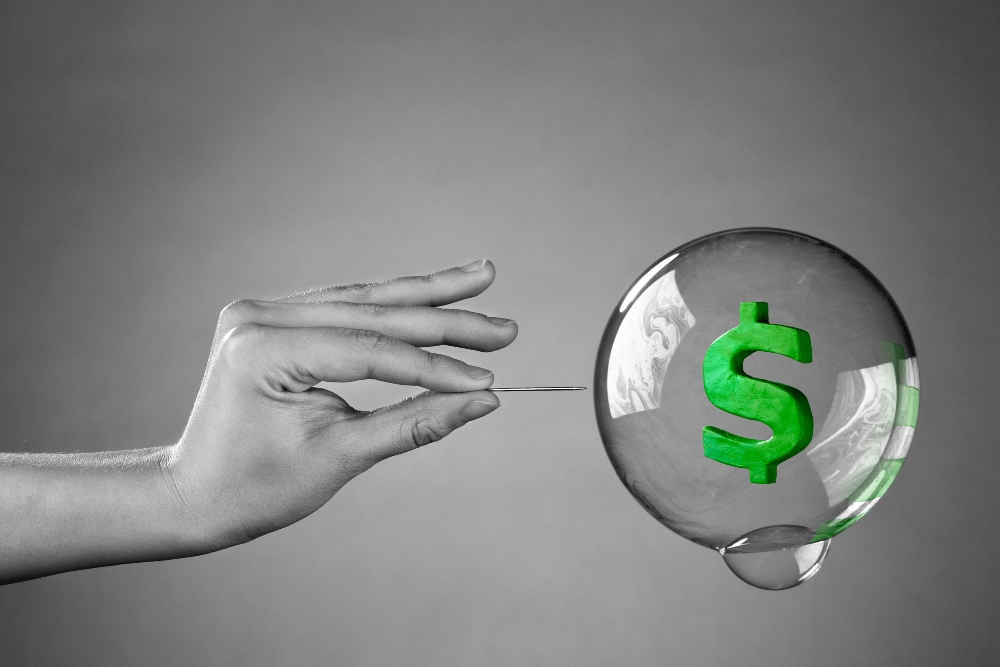Link to recording of the presentation and my own discussion of my blog post: https://drive.google.com/file/d/19JzmE9A0UAt9cfTdzmuki58ZnR9_Rlhy/view?usp=sharing
Two facets of my background influenced my choice of topic. First, I come from a fairly entrepreneurial family. My dad built and ran two fairly successful companies in the healthcare sector. Second, when I was younger, we would often go on business trips abroad and would bring us with him on a pseudo-vacation – we would do our own thing while he worked and he would then join us for a week or so after his meetings had concluded. One of my favorite things to do was to observe differences between countries, especially in terms of businesses. Massive cultural differences were readily apparent. For example, generally, customer service in restaurants and grocery stores is much worse in Europe than in the United States and it is worst in large cities in France (not just Paris). With regard to our class, these experiences got me thinking: I wonder what the impact of different cultures is on overall levels of entrepreneurship. So, I started looking into measures of aggregate entrepreneurial activity around the world to see what patterns emerge across cultures and regions. This post summarizes those findings. Do higher aggregate levels of wealth resort in more or less entrepreneurial activity? What about the size of the government? Overall, there are 582 million entrepreneurs in the world, which means that about 1 in 15 people worldwide is an entrepreneur. Most of the data in this post comes from the most recent Global Entrepreneurship Management (GEM) report.
On a country to country basis, one interesting thing to look at is Total early-stage Entrepreneurial Activity (TEA). This is defined as “the proportion of adults who are actively engaged in starting or running new businesses in each economy.” In the Europe and North America region, the United States and Canada are clear leaders. Interestingly, while few countries around the world boast higher early entrepreneurial activity than the United States in Canada, a standout region is South and Latin America where seven countries, Colombia, Panama, Brazil, Guatemala, and especially Chile and Ecuador, and one US territory, Puerto Rico, easily surpass Canada and the United States in this measure. Outside of the South and Latin America region, only Madagascar and Armenia have higher rates of early entrepreneurial activity. These countries can also be grouped by income levels. Interestingly, the full spectrum of early-stage business activity emerges in each income group – low-income, middle-income, and high-income countries. Among high-income countries, Italy and Japan have among the lowest rates of early entrepreneurial activity while Chile, Colombia, and Panama have the highest. Among middle-income countries, Belarus and China are on the low end while Ecuador is at the high end. And among low-income countries, Pakistan and Egypt are on the low end while Madagascar is at the high end. Therefore, nationwide GDP levels don’t appear to be an absolute determinant of early business activity. GPD per capita is not significantly more helpful and also doesn’t evidence a clear trend. There is a cluster of countries with low GDP per capita levels and extremely high early entrepreneurship levels – these are the aforementioned South American nations plus Armenia and Madagascar. It would be interesting to know if, especially for the South American nations, this is a result of cultural norms.
Another interesting way to look at this is through established business ownership rates. These reveal a massive disparity between early entrepreneurial activity and established ownership rates in most of the countries analyzed in the GEM survey. These disparities are less pronounced in the European and North American (less Mexico) regions. By contrast, they are stunning in many of the South and Latin American countries we’ve been discussing. For example, while early business activity measures in at 13% in Mexico, but established business owners make up only 2% of the adult population. In Chile, 35% of the adult population is counted in the early stage entrepreneurial activity metric, but only 10% are counted in the established metric. By contrast, in the United States, which has one of the highest disparities between the two metrics in the Europe and North America regions (except for Mexico), early activity is at about 17% while established activity is at about 11%. As the GEM report points out, established ownership rates are a good indicator of the health of entrepreneurship in each nation. The large disparities in nations like Mexico may indicate that, while it is easy to start a business, it is difficult to make that business into an established one. At the same time, it is likely that a fairly substantial failure rate for new businesses is healthy from a macro perspective because it shows a healthy level of competition that, in turn, results in poor businesses failing at an appropriate rate. However, the large disparities between the two metrics in some countries may indicate that their economies are poorly suited to enable new businesses to fully mature.
Another interesting metric to look at is the Global Entrepreneurship Index, which, per its creator organization, The Global Entrepreneurship Development Institute, “collects data on the entrepreneurial attitudes, abilities, and aspirations of the local population and then weights these against the prevailing social and economic ‘infrastructure’ – this includes aspects such as broadband connectivity and the transport links to external markets.” The United States tops this metric, indicating that it is the most entrepreneurship-friendly nation. This comports with the “Nation of Opportunity” image of the United States that people around the world have. The other nations in the top 10 include Switzerland, Canada, Ireland, and France. Interestingly, the difference between the United States, with an index of 83.6, and number 10 France, with an index of 68.5, is already fairly substantial. By contrast, the last ten nations in the top 100 include two of the South American countries previously discussed, Brazil and Ecuador, both with an index of about 20. Therefore, this index may explain, in part, the disparity between early and established entrepreneurial activity discussed above – it’s possible that the environment in the countries with high disparities between the two metrics is simply not conducive to mature entrepreneurial activity.
The implications of these metrics can be substantial on a country-specific basis. Small businesses account for large amounts of GDP, economic growth, and employment in many countries. In the United States, in 2015, small business employment made up a staggering 45% of total private employment. They were also responsible for 32.9% of the US export income and accounted for 63.3% of new jobs from 1992 to 2013. Therefore, entrepreneurship can be incredibly important for the economy of a nation insofar as it results in the creation of small businesses. Moreover, entrepreneurship can have incredible benefits for the entrepreneurs themselves. The statistics are stunning: 54% of entrepreneurs say they make more money now, 68% say they have better work-life balance, and a staggering 97% of people who make the switch to being self-employed and starting their own businesses say they would never go back to traditional employment. So the implications of a nation’s ability to promote new and lasting entrepreneurial activity can result in tremendous benefits to individuals as well as the nation as a whole.
Some questions to consider:
- To what extent do cultural differences result in differences in levels of entrepreneurial activity?
- To what extent do income levels influence levels of entrepreneurial activity?
- What effect can the size and involvement of the government or overall tax burden have on levels of entrepreneurial activity?
- What explains the very high levels of entrepreneurial activity in several South American countries? Is the infrastructure and relative lack of society-wide support responsible for the massive disparities in these countries between early entrepreneurial activity and established entrepreneurial activity?
Sources:
https://www.smallbizgenius.net/by-the-numbers/entrepreneur-statistics/#gref
GEM Global Report – https://www.gemconsortium.org/report/gem-2019-2020-global-report
https://thegedi.org/global-entrepreneurship-and-development-index/
Related links:






